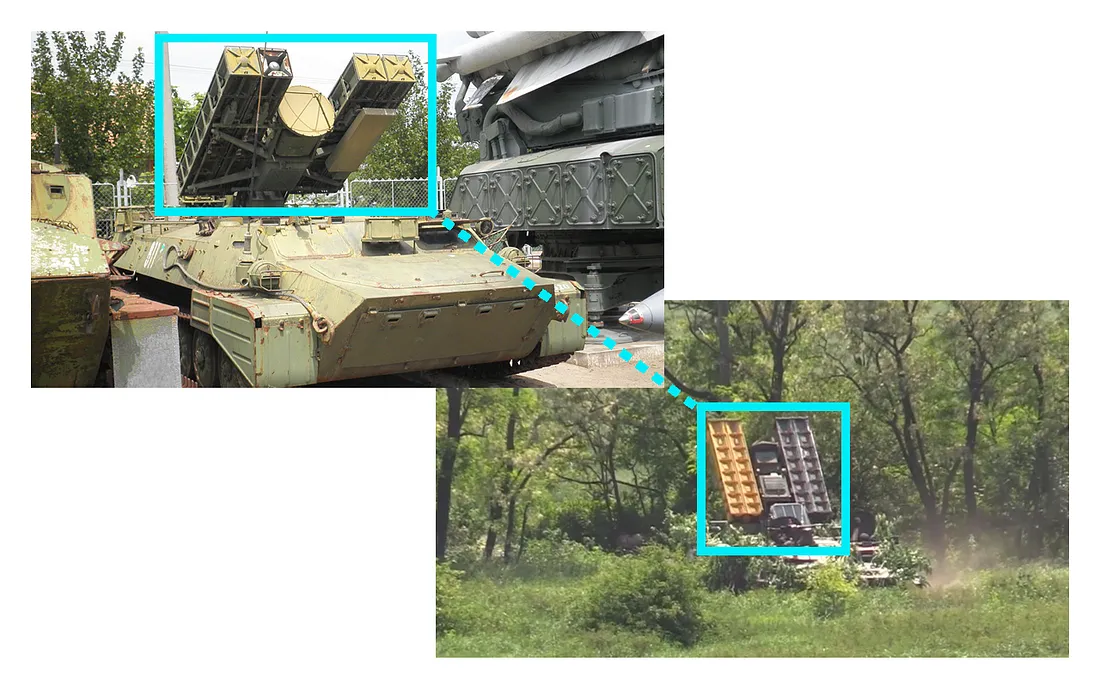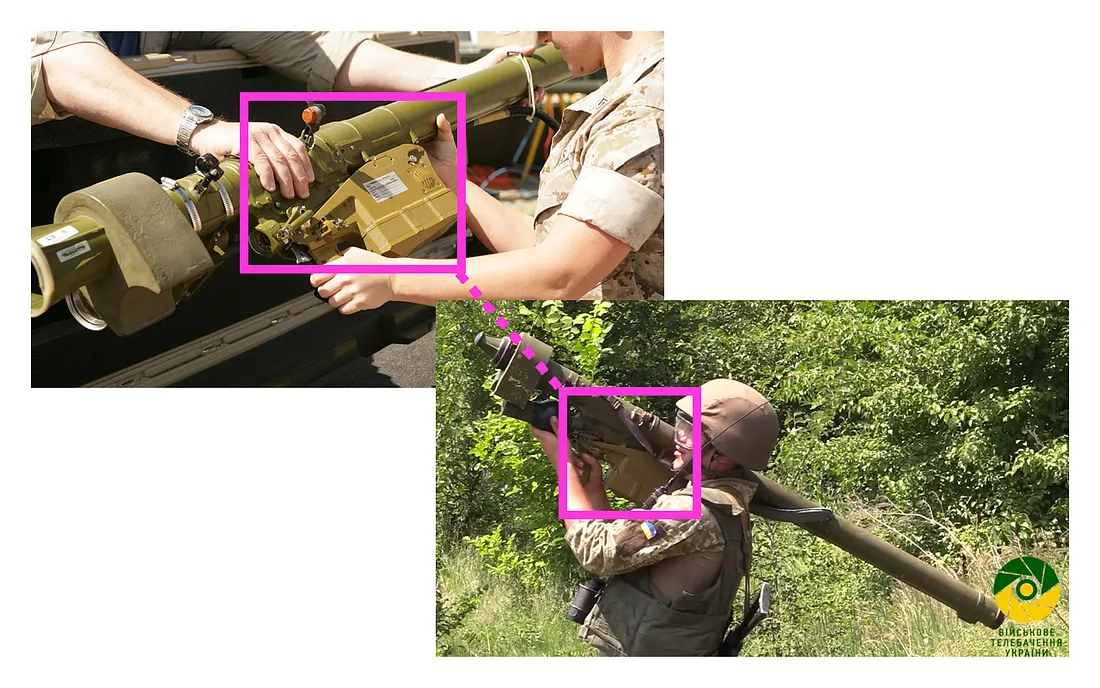Ukrainian Military Modernization and Minsk Peace Process Implications
Recent Ukrainian military exercises highlight not only a more capable force but a possible obstacle to peace
Ukrainian Military Modernization and Minsk Peace Process Implications
Share this story

BANNER: Ukrainian military training with a main battle tank. (Source: Facebook)
The Ukrainian Armed Forces (UAF) recently released military training and exercise videos displaying tanks, artillery, and missile systems prohibited by the Minsk Agreements. While these exercises are part of the process to modernize Ukraine’s military and their efforts to meet NATO standards, these capabilities have been seen along the line of contact, in violation of Minsk peace process.
A training video released on June 11 shows participating battalions using T-64, T-72, and T-80 main battle tanks (MBT). These tanks are armed with 125mm guns, a calibre larger than permitted by the Minsk agreements.
[facebook url=”https://www.facebook.com/ato.news/videos/1573221039355363/” /]
Another video from June 8 displays a likely 9K35 Strela-10 (NATO reporting name: SA-13 “Gopher”) surface-to-air-missile (SAM) system, a likely 9K38 “Igla” man-portable SAM (NATO reporting name: SA-18 “Grouse”) or variant, and main battle tanks. The Organization for Security and Co-operation in Europe (OSCE) Special Monitoring Mission (SMM) to Ukraine regularly reports Ukrainian heavy weapons violations including the 9K35 Strela-10 and main battle tanks.
[facebook url=”https://www.facebook.com/ato.news/videos/1590529064291227/” /]


On May 26, Ukrainian President Petro Poroshenko was present during a successful “Vilha” 9K58 “Smerch” missile test. The “Vilha” is a 300mm tactical ballistic missile multiple rocket launch system (MLRS) with a 300km range. The Ukrainian Ministry of Defense first reported successful tests of this system in April 2016.
В Одеській області в присутності Президента відбулись чергові пуски високоточних керованих ракет: https://t.co/e3mz8MSb1M pic.twitter.com/s7AakkVRds
— Мілітарний (@mil_in_ua) May 26, 2017
When Russia invaded Crimea and the Donetsk and Luhansk Oblasts in 2014, the Ukrainian military was practically nonexistent and reliant on volunteer battalions to fend off separatist forces and Russian invaders. Western militaries and NATO partners stepped in to support the development and modernization of Ukraine’s armed forces into a fully-fledged formal military via bilateral and multilateral platforms.
The Ukrainian Ministries of Defense and Foreign Affairs frequently execute policies and actions towards the goal to meet NATO military standards in Ukraine’s own military, security, and defense operations. In January 2017, Ukrainian President Petro Poroshenko signed a decree approving plans for multinational military training exercises through the NATO Partnership for Peace program, extending U.S.-Ukraine multilateral military exercises such as Sea Breeze and Rapid Trident and international exercises for the next calendar year. Most recently, Ukraine modernized its military medical infrastructure along NATO standards. As the conflict in eastern Ukraine continues to rage on, military modernization and development is expected. However, lack of adherence continues to hinder negotiated peace agreements.
The OSCE SMM includes a section on the withdrawal of heavy weapons in their daily reports. This includes the presence and use of prohibited heavy weapons in areas that should be disarmed in accordance to peace agreements. Lack of adherence to the agreements by both sides leads to civilian casualties, damage to residential areas and infrastructure, and limits the abilities of the OSCE SMM to fulfill their mandate to monitor.
The heavy weapons prohibited by the Minsk Agreements are described as imprecise and indiscriminate as they do not target specific points, but rather hit parts of a larger area. These types of weapons lead to larger numbers of casualties and are as likely to damage surrounding civilian areas than opposing military positions. In the past two weeks, the OSCE SMM observed remarkably high levels of fighting despite the SMM’s limited observation abilities after the April 23 security incident. These high levels of kinetic activity correlate with high casualty numbers. The UAF reported fifteen killed in action and seventy-six wounded in action from June 1–14, similar numbers to entire months in the past.
Ukraine’s goals to meet NATO military standards are leading to a more capable armed forces, as clearly demonstrated in the Ukrainian Anti-Terrorist Operation’s (ATO) Press Center social media posts. Consequently, more capable forces are breaking the ceasefire and breaching peace agreements that are essential for positive progress in the east.
Follow the latest Minsk II Violations via the @DFRLab’s #MinskMonitor.
For more in-depth analysis from our regional experts follow the Atlantic Council’s Dinu Patriciu Eurasia Center. Or subscribe to UkraineAlert.

